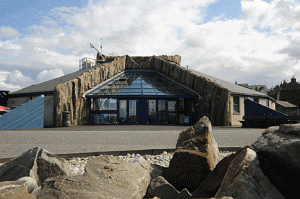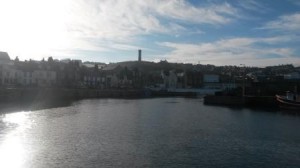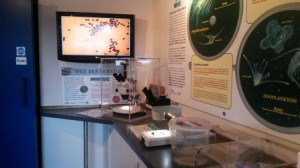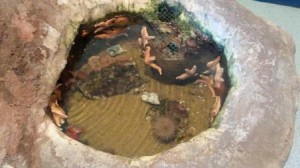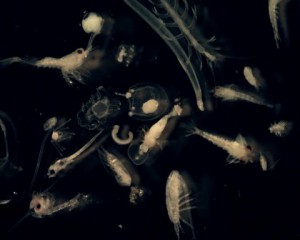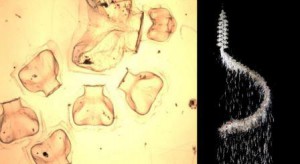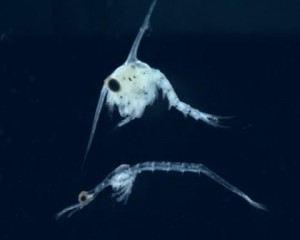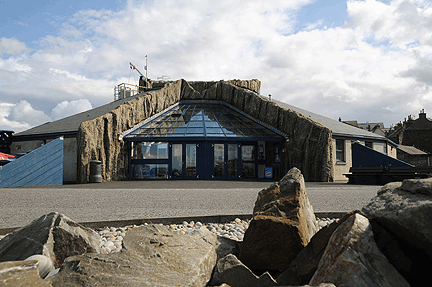
Last month I had the fantastic opportunity to visit MacDuff Aquarium Basking Shark Special Event during the October half term holiday. I was asked by the lovely Aquarium Learning Officer Sandra Bisset to speak at the event about basking shark’s food – zooplankton!
The day started with a behind the scenes tour of the aquarium which was brilliant. I especially love this aquarium as all the species they are native to the North Sea and it is the only open air aquarium in the UK which allows a fantastic natural kelp reef to grow.
After my tour Sandra and I went to the Macduff harbour to collect some zooplankton to show visitors.
Wet then set up our samples in the aquariums “wee sea beastie” lab where there the video microscope provides a brilliant tool for introducing people to the world of zooplankton.
The aquarium holds lots of talks throughout the day including the “touch pool” talks where visitors get the chance to get really close to some of the exhibits such as these starfish, bead anemones and hermit crabs.
During my presentation “Marine Monsters and Minibeasts” I aimed to explain a bit about how huge 11 metre long basking sharks feed on microscopic zooplankton via filter feeding and also give an insight into the different species that they eat. The talk went really well and I had some interesting questions (like: who would win in a fight between a basking shark and a killer whale – probably killer whale!?) and nice comments and stories about visitors’ own basking shark sightings. The aquarium was really busy and I had great fun showing the visitors zooplankton in the afternoon as well as getting to watch the divers feed the larger fish in the kelp tank. Thanks again to Sandra and all the staff at the aquarium for inviting me – I had a great time!
Over the last two months I have really enjoyed getting stuck into analysing our summer zooplankton samples with some really interesting finds to share. One of the best samples was from Johnson’s Point (just off the tip of the Mull of Kintyre) had almost every different kind of plankton from fish eggs and larvae to decapods, copepods, arrow worms, jellyfish, star fish and sea urchins.
One of the best things about plankton samples is that you never quite know what you will find and we are quite often stumped by some of the little creatures that we find! These strange shaped gelatinous objects definitely fell into this category. Luckily though, after attending a training course at SAMS, we were able to ask jellyfish expert Chris Beveridge who identified them as pneumatophores of a much larger organism called Nanomia cara. This is a siphonophore which can reach several metres in length and is made up of a colony of individual organisms similar to the famous Portuguese Man of War which many people mistake for a jellyfish.
Decapod larvae or baby crab and lobster have become quite a common sight but I was surprised to find one that looked completely different to any that I had seen before (bottom one in picture). I managed to identify it as Jaxea nocturna a burrowing decapod similar to Nephrops Norvegicus (langoustine).

